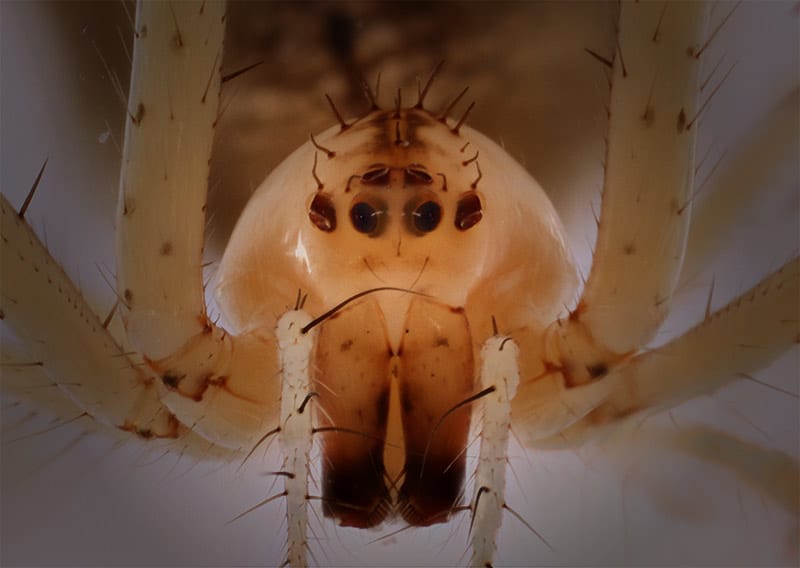Maria Longley, GiGL Community Manager

Pirate spider, (Family Mimetidae), by Insects Unlocked. CC0
For many years, we have talked internally about “GiGL treasure” referring to interesting nuggets of information we come across in our daily work, or the more unusual uses of GiGL-held data. GiGL treasure comes in all shapes and sizes.
The stag beetle dataset is one of the longer running citizen science datasets we manage. This really is a treasure trove of people’s interaction with London wildlife, as captured in the comments that people send with their records. People love seeing stag beetles and they love telling us about them.
But what happens when we actively go looking for treasure in the data? GiGL treasure has often unexpected consequences and can lead us in new directions and to new things.
While we don’t work with literal buried treasure, people are still unearthing and sharing historic data with GiGL. The London Natural History Society have been data custodians since 1858. We have been working with them to find a way to digitise a large quantity of historic ornithological records and to preserve the treasure-trove of annotations, drawings and comments that form part of the archive using the crowdsourcing platform Zooniverse. We believe it is worthwhile to open access to historical records to increase the depth and breadth of knowledge about London’s ecology. The search for treasure in the data can begin once it is in a more usable format.
A treasure hunt is far more fun if you can do it with other people, and fresh pairs of eyes often spot something new. Over the years we have worked with Londoners from all manner of organisations to look for treasure. As a partnership-led organisation, we are often challenged by our partners to try something new or to use old data to uncover new stories.
New partners like the Guardian led new people to us, such as the historians interested in comparing ancient and modern uses of open spaces. App developers, artists, and authors are all using and visualising GiGL-curated data in new ways meaning we also learn new things along the way.
Students regularly do surprising things with GiGL data. One recent project looked at how people value open spaces by looking at social media data points in parks, particularly photos shared through Flickr. Curiosity-driven investigations are great for unearthing treasure.
What would a treasure hunt be without a map? How about a map that reframes London, not by its road and transport network, but by its green and blue spaces. This large physical map, which was created with the National Park City initiative and Urban Good CIC, shows London through a different lens. We hope it inspires many more people to uncover treasure where they live and work.
Our work with nature and data is full of delights and all imaginable riches. Discovering GiGL treasure is a joy. We are most likely to find it when working with people as well as data. Please do get in touch if you would like to go treasure hunting with us.
This article is based on a talk titled “Data – what is it good for?” given by Maria at this year’s National Biodiversity Network conference.
